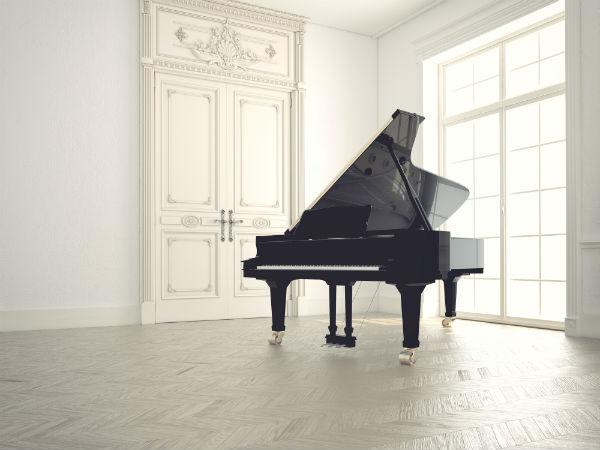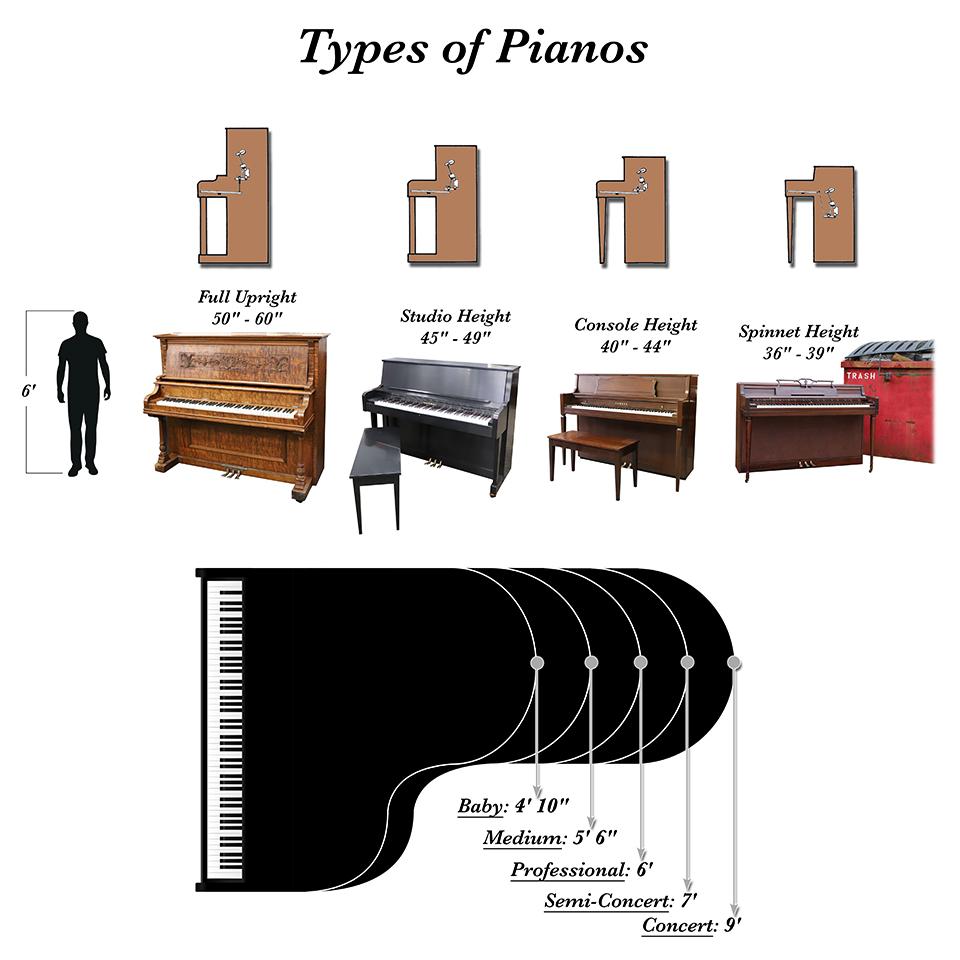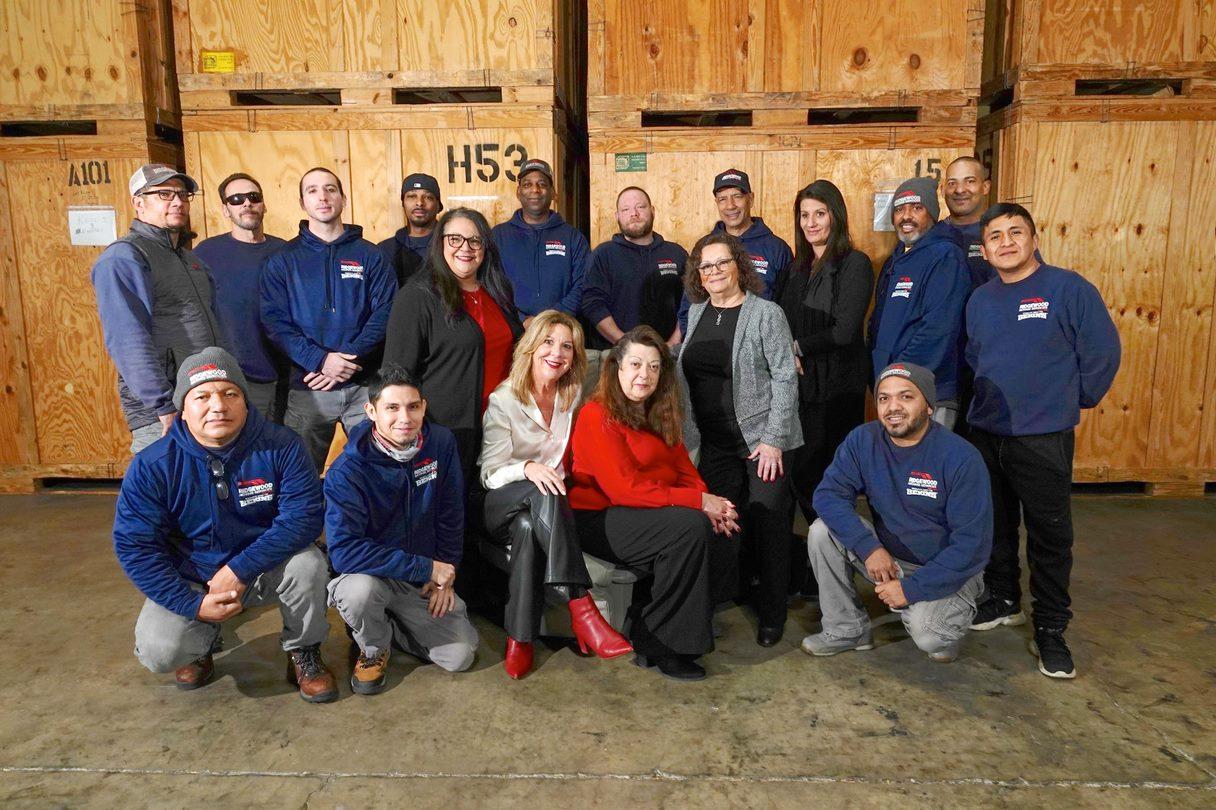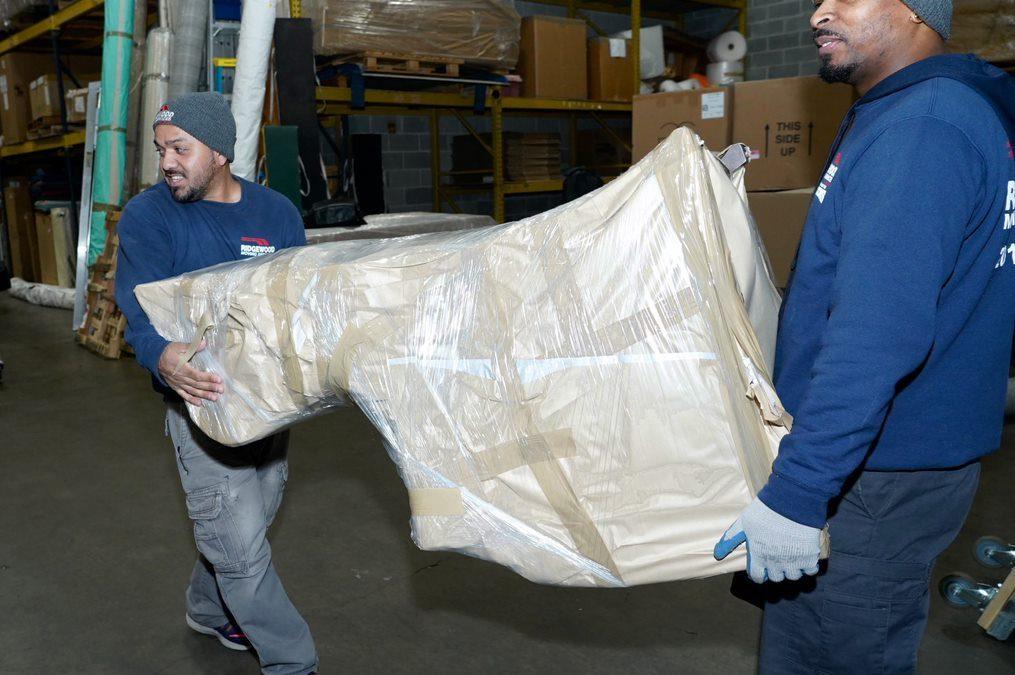Understanding Your Piano
Before moving your piano, it’s crucial to identify the type of piano you own, as different types necessitate different handling techniques. There are primarily two types: grand pianos (including baby grand, concert grand, etc.) and upright pianos (also known as vertical pianos).
Grand pianos can be particularly challenging given their size and weight concentration in the top half. Grand pianos can weigh anything between 500-1200 pounds!
Upright pianos, though usually lighter than grand ones, still pose a significant challenge due to their size and weight distribution. Large upright pianos can weigh between 600-800 pounds!

Preparing Your Piano for the Move
Protective Covering
Cover your piano with a padded blanket to protect it from potential damage. If piano-specific moving blankets are unavailable, regular moving blankets can suffice. Secure the blankets using packing tape or bungee cords.
Lock the Lid
If your piano has a keyboard lid, it’s important to ensure it’s closed and locked. This step protects the keys from potential damage during transit. If your piano doesn’t have a lock, tape can serve as a substitute to secure the lid.
Remove Loose Parts
Detach and individually wrap any removable parts like piano legs (for grand pianos), music stands, and pedals. Clearly mark these items for easy identification later.

Moving Your Piano
Equipment
Specialized equipment is crucial for moving a piano safely. Essential items include a piano dolly, piano board (for grand pianos), and robust straps.
Personnel
It’s crucial to remember that moving a piano is not a solo task. Depending on the type and size of your piano, assistance from two to five people might be necessary.
Technique
The moving technique for an upright piano is fairly straightforward. Lift it onto the dolly and secure it with moving straps, ensuring stability and balance.
For a grand piano, the process is more complex. Lift the piano onto its side with the straight edge resting on the piano board. After removing the legs and pedals, secure the piano to the board using straps. The piano can then be lifted onto the dolly.
You need at least four experienced movers to move a piano into your new home. Heavier pianos may need up to six people to move successfully. Two or three people can help with lifting while the rest can help navigate corners and floor surfaces.
Professional Services for Moving Your Piano
Considering the complexity and risks involved, it is often advisable to enlist professional movers. With a wealth of experience in piano relocation, Ridgewood Moving Services can help ensure a seamless moving process, preventing personal injury and safeguarding your piano against damage.

Trust Your Piano to Ridgewood Moving Services, Bergen County, NJ Premiere Moving Professionals specializing in pianos since 1966.
Pianos are valuable and delicate instruments requiring meticulous handling during relocation. By understanding your piano, adequately preparing it, and utilizing the appropriate techniques or engaging professionals like Ridgewood Moving Services, you can guarantee the safe arrival of your piano at its new destination. Remember, your piano’s lifespan and performance quality heavily depend on how well it’s treated during transportation. Trust Ridgewood Moving Services to help guide your piano safely home.


